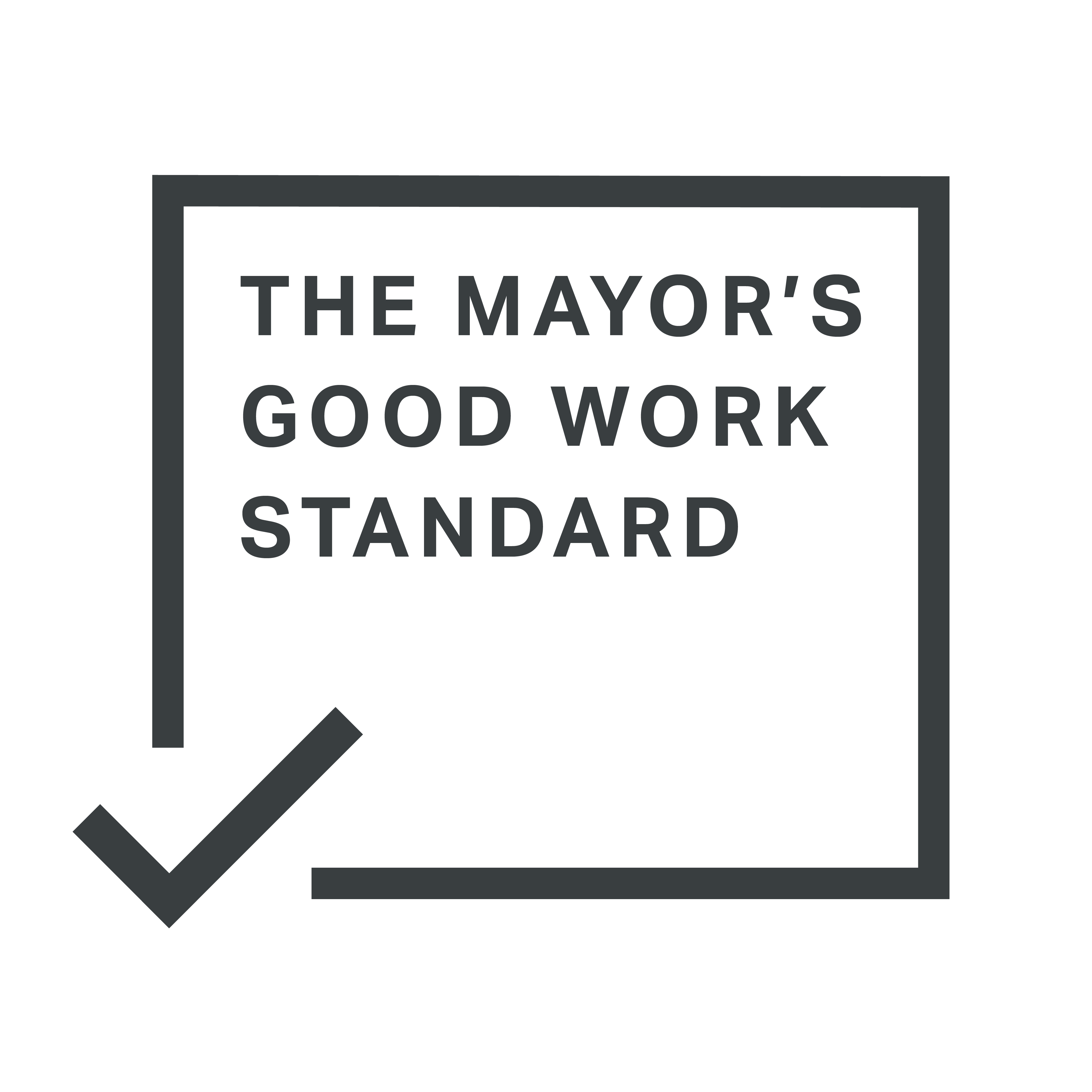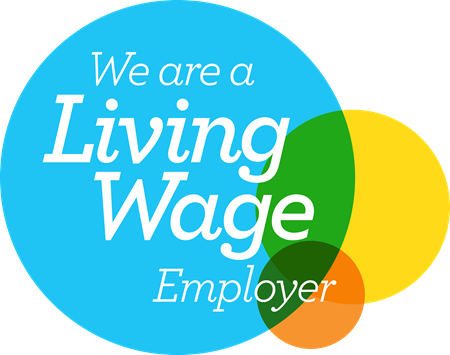4 top tips when returning to public transport
1. Download a transport app to know how busy services are
We understand from passengers that knowing how busy services are has become one of the most important things for people when returning to the public transport network for the first time. One great tip is to download a transport app which provides real-time data about how busy/crowded services are and are likely to be in future.
Our current favourite, and the one that scored highest in our review of a selection of very popular transport apps, is Google Maps. Not only is the data highly accurate but it is also very easy to read and is well-integrated into the app’s journey planner. It even provides you with an hour-by-hour chart of expected demand on the network as well as a live comparison of what the situation is currently like. As well as this, it has a very handy indicator that shows how busy specific Tube trains are, which might be useful for passengers to decide whether to catch the train currently on the platform or wait until the next one if it is showing to be less busy. You can read more about the apps and the others we tested out here.
2. Check that your Railcard is still valid
It may be obvious, but some people may not have had any need to use public transport in over a year since the original lockdown began in March 2020, so small things like checking whether your Railcard is still valid can easily be forgotten. If you have a Railcard, do just check that it is still in-date as otherwise you will be required to pay full-price for your ticket, which can be significantly more.
Even if your Railcard is in date, you must ensure that you carry it on you if you have used it to purchase a discounted ticket. If you are unable to provide it when asked the ticket inspector has a right to issue you with a penalty fare, so to ensure that you avoid that make sure to have it handy just in case.
For those that haven’t taken advantage of them yet, Railcards offer excellent discounts, as much as a 1/3 off a standard ticket, and are valid for many groups of people. To find out more, please visit their website.
3. Take advantage of capping using a contactless card
Many passengers may not be aware of the great benefits that TfL’s capping system has which can provide savings for people when travelling around the capital. It might be particularly useful if you are coming back to the office part time.
Capping is basically a system that sets a payment ceiling for how much a person will pay to use public transport. So after you’ve made a certain number of journeys, you won’t be charged for any more. There is both a daily cap and a weekly cap – though weekly capping (excluding buses and trams) is currently only available on contactless and not on Oyster card. It is a little tricky to get your head around, particularly when using different types of public transport, so we’ve put together a quick page to help explain how it applies to different modes of transport, which you can read here. For further information, please visit TfL’s website.
And if you are interested in finding out more information about fare prices on public transport across the city and what’s the best ticket for you, do check out our handy Travelling around London page on our site which goes through the various options available to people and includes some useful links that can help you make the most informed choice and help to save you a few pounds.
4. Ensure you have a face covering on you
You must continue to wear a face covering on Transport for London services (bus, Tube, tram, TfL Rail, DLR and London Overground), as well as on all mainline rail services and at stations. Wearing a face covering became one of TfL’s ‘conditions of carriage’ on 19 July 2021 and TfL staff will be allowed to stop you from travelling on their services if you are not wearing a face covering, unless of course you are exempt. You can see whether you fall into one or more of the exemption criteria categories on our face covering guidance page here.



